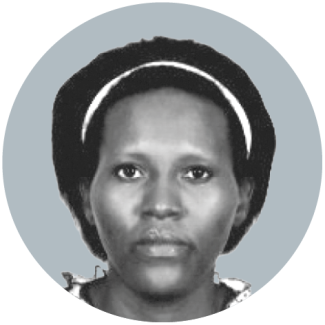Sex education
Keeping girls in school

Using trusted teachers and other school employees for individual counseling in place of real fathers and aunts, Burundi’s primary and secondary schools started the “ Aunts and Fathers” programme in 2017. Now, three years later, the programme is showing positive early results, with a considerable decline in the percentage of girls dropping out specifically due to pregnancy.
According to Ministry of Education figures, in 2015-2016 - the school year before the start of the “Aunts and Fathers” programme – pregnancies accounted for 33% of female dropouts in Burundi (2,208 pregnancies out of 6,661 female dropouts).
For the following three academic years, however, the percentages of dropouts due specifically to pregnancy were 1.5% in 2016-2017; 1.8% in 2017-2018; and 2% in 2018-2019. (The data for 2018-2019 is provisional, according to the ministry.) In other words, the percentage girls leaving school specifically because of pregnancy decreased considerably – and consistently – in the three years following introduction of the “Aunts and Fathers” programme.
That is good news. The counseling provided under “Aunts and Fathers” appears to be working, says Adolphe Ntibasharira, a parent. However, there is also some bad news in the ministry’s data on dropouts. The overall percentage of girls dropping out of primary and secondary school – for all sorts of reasons, including pregnancy – is high and increasing.
Here are the figures : In the first academic year for which the ministry provided figures –2015-2016 – the overall female dropout rate (i.e., female dropouts as a percentage of all female pupils) was 1.2%. However, in the subsequent three years the overall female dropout rate rose to 8.1% in 2016-2017 ; 7.8% in 2017-2018 ; and 18.1% in 2018-2019.
These percentages represent large numbers of girls who have cut short their educations and thereby diminished their future chances for employment and income. For example, in 2018-2019, the number of girls who dropped out of school was 90,353 out of a total female student population of 496,955 girls. Among the causes of the high female dropout rate are poverty and a view that school is not worthwhile because jobs are hard to find even with an education.
Although the ministry’s figures represent only a short period of a few years, such a high female dropout rate is worrying. The figures call to mind the saying of former Unesco Director-General Irina Bokova that
“educating a girl is educating a nation”. Or, in the words of Mr. Ntibasharira, ”female pupils should remember that school is the only path to success”.
Mireille Kanyange is a journalist and reporter for Radio Isanganiro in Burundi.
mika.kanyange@gmail.com








